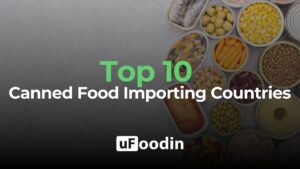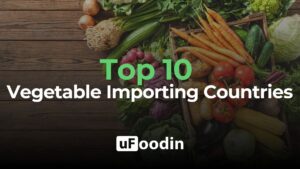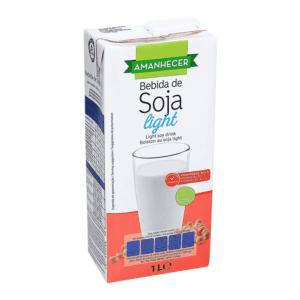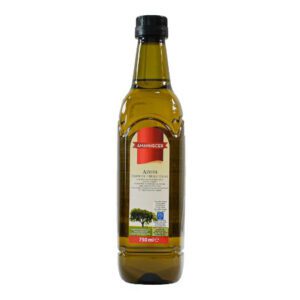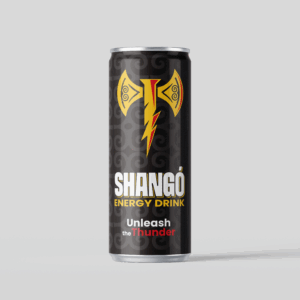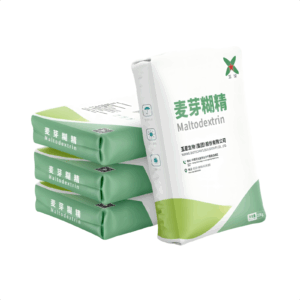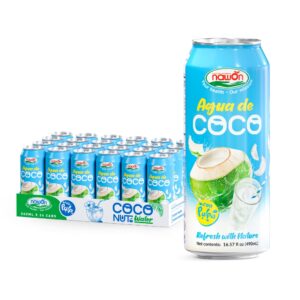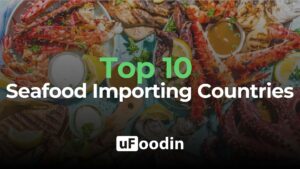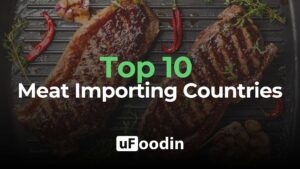
Top 10 Olive Oil Importing Countries
Olive oil, celebrated for its health benefits and culinary versatility, is a staple in kitchens worldwide. The global olive oil market was valued at approximately $13 billion in 2023, with imports playing a significant role in meeting the increasing demand. The Top 10 olive oil-importing countries account for over 70% of global imports, with markets like the United States, Germany, and Japan driving consumption. Emerging markets in Asia and Latin America are also experiencing a surge in demand as health-conscious consumers adopt olive oil as a preferred cooking medium.
While traditional markets in Europe and North America dominate imports, growing urbanization and changing dietary habits are expanding the olive oil market in Asia-Pacific and other regions. This article explores the Top 10 Olive Oil Importing Countries, offering insights into the dynamics of their import trends, challenges, and opportunities for global producers.

1. United States
- Import Volume: Over 400,000 tons annually
- Value of Imports: Approximately $1.6 billion (2023)
- Why It Stands Out: The U.S. is the largest non-European importer of olive oil, with demand driven by its health benefits and versatility.
- Key Insights: Extra virgin olive oil accounts for the majority of imports, catering to health-conscious consumers and premium culinary applications.
2. Italy
- Import Volume: Around 300,000 tons annually
- Value of Imports: Approximately $1.2 billion (2023)
- Why It Stands Out: Despite being a top producer, Italy imports olive oil to meet the needs of its domestic market and re-export demands.
- Key Insights: Imports are primarily blended with locally produced oils for export to other countries.
3. Spain
- Import Volume: Over 280,000 tons annually
- Value of Imports: Approximately $1 billion (2023)
- Why It Stands Out: Like Italy, Spain imports olive oil for blending and re-export, with a focus on maintaining its position as a global olive oil leader.
- Key Insights: Demand for high-quality oils continues to rise, driven by Spain’s thriving foodservice industry.
4. Germany
- Import Volume: Around 250,000 tons annually
- Value of Imports: Approximately $900 million (2023)
- Why It Stands Out: Germany’s imports are driven by its large health-conscious consumer base and demand for Mediterranean diets.
- Key Insights: Organic and sustainable olive oils are particularly popular in the German market.
5. France
- Import Volume: Over 200,000 tons annually
- Value of Imports: Approximately $800 million (2023)
- Why It Stands Out: Olive oil is a key component of French cuisine, with strong demand for high-quality extra virgin varieties.
- Key Insights: France imports a significant portion of its olive oil from Spain and Italy.
6. Japan
- Import Volume: Around 150,000 tons annually
- Value of Imports: Approximately $700 million (2023)
- Why It Stands Out: Japan’s growing interest in healthy eating and Mediterranean diets is fueling demand for imported olive oil.
- Key Insights: Japanese consumers prefer smaller, premium-quality packaging with a focus on extra virgin olive oil.
7. United Kingdom
- Import Volume: Over 140,000 tons annually
- Value of Imports: Approximately $600 million (2023)
- Why It Stands Out: The UK relies heavily on imports to meet its olive oil needs, driven by Mediterranean food trends and health-conscious consumers.
- Key Insights: Post-Brexit trade shifts have opened doors for non-EU exporters to expand their market share.
8. Brazil
- Import Volume: Around 120,000 tons annually
- Value of Imports: Approximately $500 million (2023)
- Why It Stands Out: Brazil is Latin America’s largest importer of olive oil, driven by rising disposable incomes and changing dietary preferences.
- Key Insights: Extra virgin olive oil dominates imports, with growing consumer preference for premium products.
9. China
- Import Volume: Over 100,000 tons annually
- Value of Imports: Approximately $400 million (2023)
- Why It Stands Out: China’s expanding middle class and awareness of olive oil’s health benefits are driving demand.
- Key Insights: Urban centers like Beijing and Shanghai lead in olive oil consumption, favoring high-quality imports.
10. Canada
- Import Volume: Around 90,000 tons annually
- Value of Imports: Approximately $350 million (2023)
- Why It Stands Out: Canada’s demand for olive oil is fueled by its multicultural population and health-conscious consumers.
- Key Insights: Organic and sustainable oils are increasingly popular among Canadian buyers.
Trends in Olive Oil Imports
- Premiumization:
Consumers are prioritizing extra virgin olive oil, with demand for premium products growing in developed and emerging markets. - Health and Wellness Focus:
Olive oil’s health benefits, including heart health and anti-inflammatory properties, are driving global demand. - Sustainability and Organic Growth:
Environmentally conscious consumers are seeking certified organic and sustainably sourced olive oils. - E-Commerce Expansion:
Online platforms are enabling easier access to diverse olive oil brands, particularly in urban markets. - Emerging Markets Growth:
Countries like Brazil and China are rapidly increasing imports, offering new opportunities for exporters. - Innovation in Packaging:
Smaller, eco-friendly, and premium-looking packaging is gaining popularity, particularly in markets like Japan.

Challenges in the Olive Oil Industry
- Climate Change:
Unpredictable weather patterns and rising temperatures are impacting olive yields, leading to supply shortages and price volatility. - Rising Production Costs:
Higher costs for labor, water, and processing are putting pressure on profit margins for producers and exporters. - Intensified Competition:
The growing availability of lower-priced vegetable oils and alternative fats is challenging olive oil’s market share. - Fraud and Adulteration:
The olive oil industry continues to face issues of mislabeling and adulteration, affecting consumer trust. - Regulatory Barriers:
Import tariffs and strict quality regulations in markets like the U.S. and Japan pose challenges for exporters. - Economic Pressures:
Inflation and reduced consumer spending power may impact demand for premium olive oil products in certain markets.
The Top 10 Olive Oil Importing Countries present diverse opportunities for exporters to tap into established and emerging markets. From the United States’ focus on premium extra virgin olive oil to China and Brazil’s growing appetite for health-conscious products, the global olive oil market continues to expand.
Platforms like uFoodin provide olive oil producers with the tools to connect with buyers in over 210 countries, offering features to showcase products, track industry trends, and establish long-term partnerships. By facilitating transparency and efficiency in global trade, uFoodin enables exporters to navigate challenges like regulatory barriers and climate-induced supply disruptions.
As sustainability, innovation, and health trends shape the future of olive oil, leveraging platforms like uFoodin allows producers to capitalize on these dynamics and secure a competitive edge in a rapidly evolving market.
uFoodin Editorial Team
Bibliography
- International Olive Council (IOC): Market Reports
- Statista: Global Olive Oil Trade Data
- MarketWatch: Trends in Premium Olive Oil Products
- Reuters: Challenges in the Olive Oil Industry
- Grand View Research: Olive Oil Market Analysis
- Mordor Intelligence: Olive Oil Import and Export Insights

